OHID for BWC
Say goodbye to juggling multiple logins and passwords – with OHID, you can manage everything with just one set of credentials.
Read MoreGrain Bin Safety Week Feb. 18-24 is the perfect time for safety reviews, training sessions for your team, and community initiatives to raise awareness about the importance of grain bin safety.
Grain Bin Safety Week starts Feb. 18, and it marks an opportunity for those working in the agriculture industry to renew a commitment to a culture of safety.
There are several potential deadly hazards in grain storage and handling operations which is why the Ohio Bureau of Workers’ Compensation (BWC) invites you to use this dedicated week to conduct thorough safety reviews, organize training sessions for your team, and engage in community initiatives to raise awareness about the importance of grain bin safety. If you’d like, you can also schedule a free safety consultation by calling 1-800-644-6292 or submitting a request online.
Most grain bin fatalities occur when employees enter the bin, become engulfed in the grain, and suffocate. But fatalities may also be caused by exposure to hazardous atmospheres, combustible dust explosions, entanglement in augers and other moving equipment, and falling from elevations. Take some time to review these grain storage and handling tips to ensure your team is up-to-date on the latest safety precautions and procedures.
Remember, workers should never enter grain bins and stand or walk on the grain to help it flow down into the auger or conveyor system. Engulfment can easily occur when a worker stands or walks on grain that has bridged or caked and suddenly begins to flow. These additional safety precautions will help prevent accident or injury:
Adequate ventilation is crucial to prevent the buildup of harmful gasses such as carbon dioxide and carbon monoxide within the grain bins. Implementing ventilation systems and monitoring air quality can safeguard both your grain and the well-being of your staff. In addition, combustible dust, mechanical equipment and fall hazards can be heightened in this environment. Consult this fact sheet for a list of ways to stay protected.
Plus, you can protect your team and gain confidence in your safety procedures when you schedule a free safety consultation by calling 1-800-644-6292 or submitting a request online.
Want more safety resources? Join BWC at the 2024 Ohio Safety Congress & Expo® (OSC24®) at the Greater Columbus Convention Center, March 27-29, 2024. This popular event will offer educational sessions and continuing education on a variety of topics, including business strategies, manufacturing safety, safety management systems, technology and innovations, and much more.
Ohio Bureau of Workers’ Compensation
Established in 1912, the Ohio Bureau of Workers’ Compensation is the exclusive provider of workers’ compensation insurance in Ohio, serving 249,000 public and private employers. With nearly 1,600 employees and assets of approximately $25 billion, BWC is one of the largest state-run insurance systems in the United States. For more, visit bwc.ohio.gov.


Say goodbye to juggling multiple logins and passwords – with OHID, you can manage everything with just one set of credentials.
Read More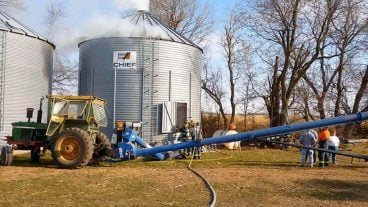
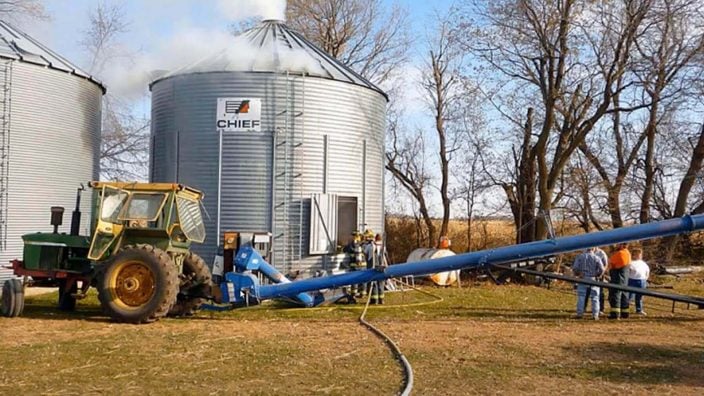
Nationwide is helping its agriculture customers take a proactive approach to fire defense through a new partnership. Plus, learn about common fall hazards around the farm and how to prevent them from an expert with Ohio’s Bureau of Workers’ Compensation on this Ohio Farm Bureau Podcast.
Read More
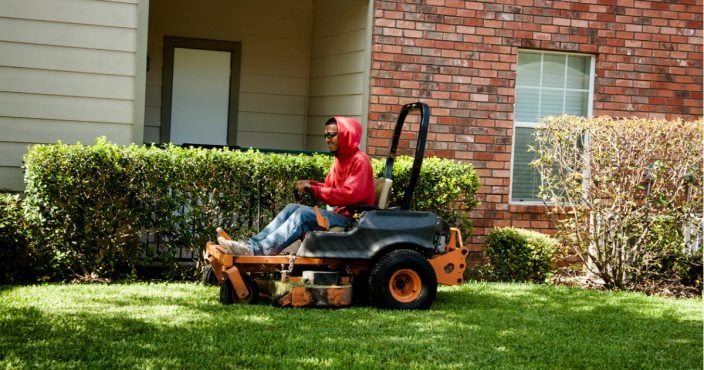
On this Ohio Farm Bureau Podcast, get some mower safety tips from the Ohio Bureau of Workers’ Compensation and find out how much Ag Credit has just divvied out for their 2024 patronage program.
Read More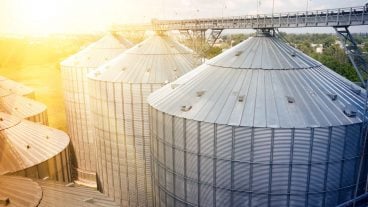
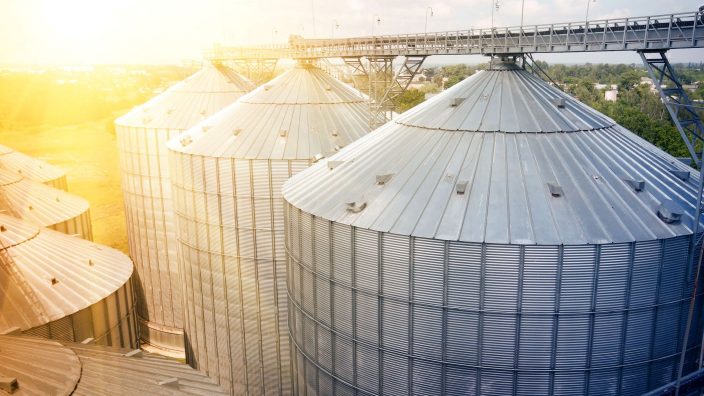
Grain Bin Safety Week Feb. 18-24 is the perfect time for safety reviews, training sessions for your team, and community initiatives to raise awareness about the importance of grain bin safety.
Read More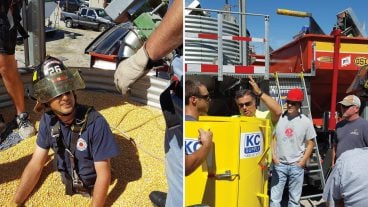
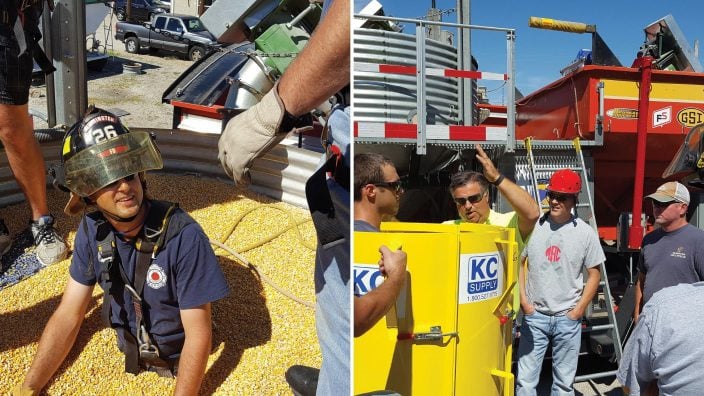
Learn all about the 2024 Ohio Safety Congress & Expo on March 27-29 at the Greater Columbus Convention Center and get details about American Farm Bureau’s Target Training in Columbus March 21 – 23.
Read More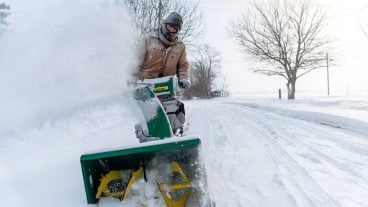
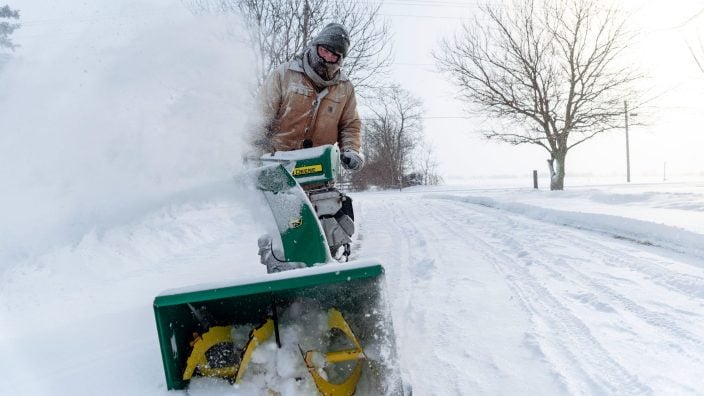
The best course of action to avoid an accident is to work to correct potential hazards before they have the chance to lead to injury.
Read More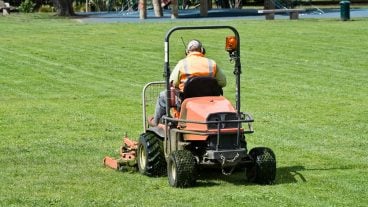
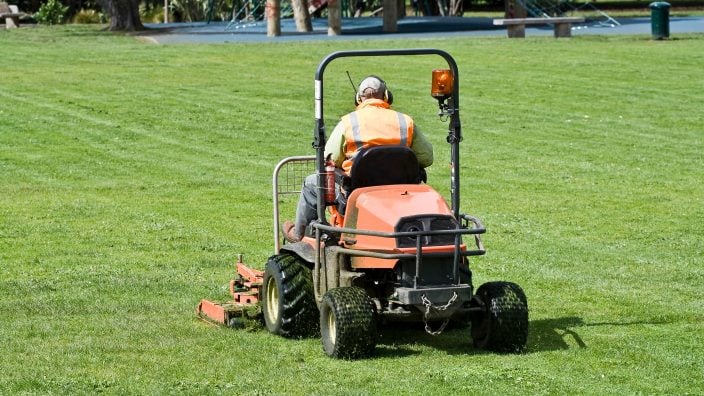
Mowing is one of many tasks that come with the job for those working in agriculture. Whether you love or…
Read More
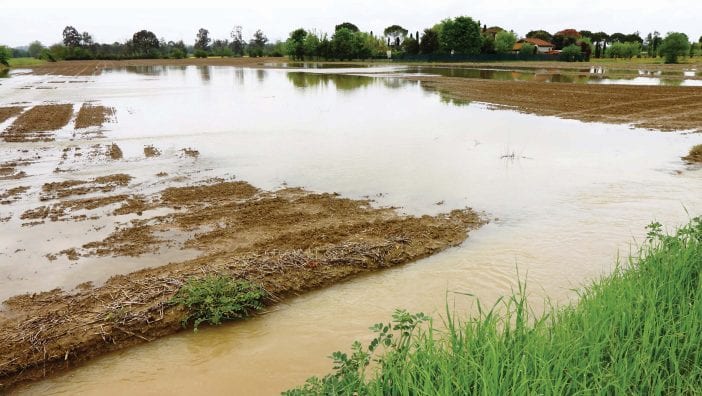
On this Ohio Farm Bureau Podcast, learn about climate trends for Ohio over the past century and what future climate conditions Ohio farmers should be prepared for. Plus, get mower safety tips from Ohio BWC.
Read More

The Ohio Bureau of Workers’ Compensation provides these reminders to avoid summer’s most common agricultural workplace accidents.
Read More
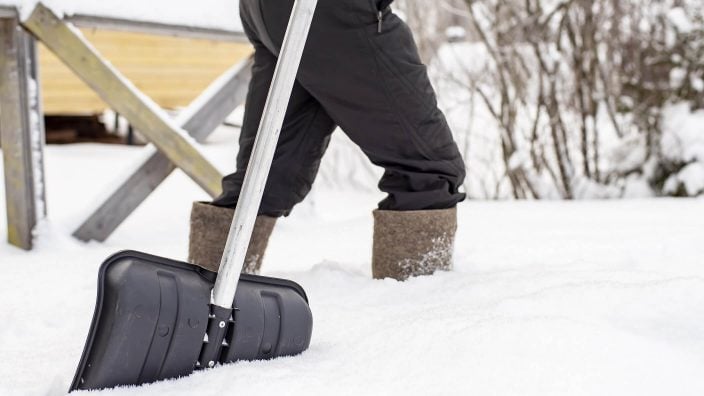
Nearly 1 in 6 workplace accidents in Ohio are related to slips, trips, and falls. Ohio BWC provided a list of winter safety reminders to ensure your agricultural work family stays safe and protected all winter long.
Read More